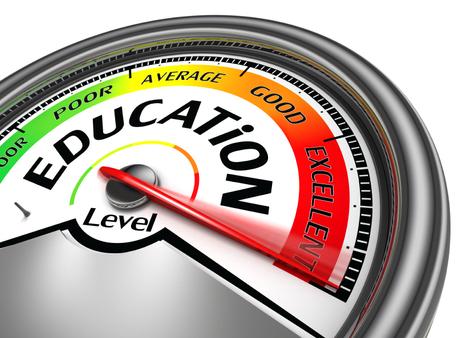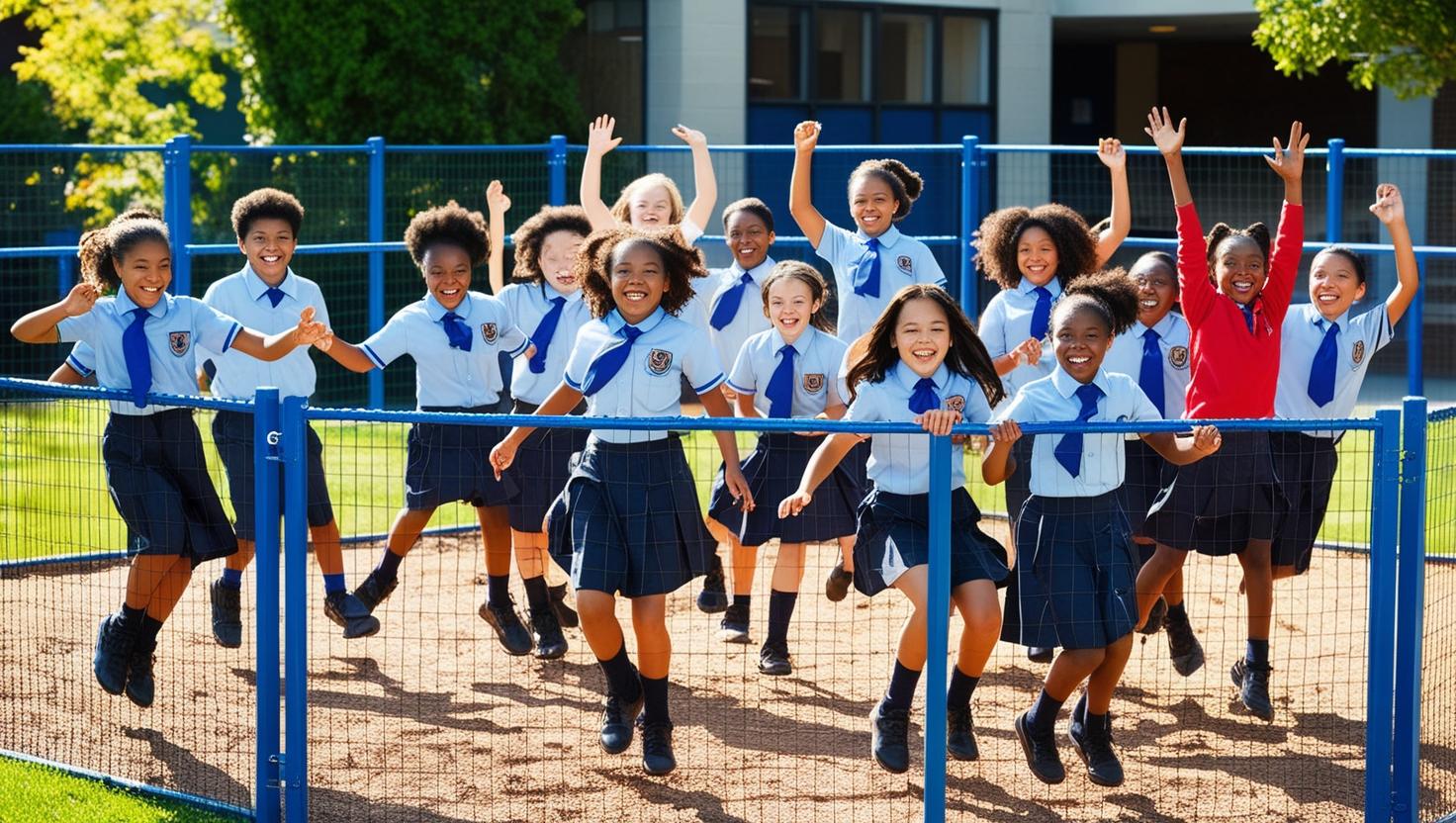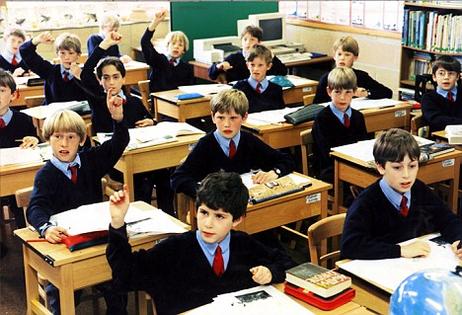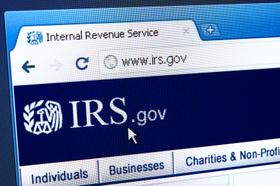Vouchers have been a fact in American private school education since 1989 when the State of Wisconsin passed a voucher program which aimed to help students from low income families in Milwaukee. Since then 39 voucher programs have been set up. According to the American Federation for Children the following states now have some form of voucher program:
- Alabama
- Arizona
- Florida
- Georgia
- Indiana
- Iowa
- Louisiana
- Mississippi
- New Hampshire
- North Carolina
- Ohio
- Oklahoma
- Pennsylvania
- Rhode Island
- South Carolina
- Utah
- Virginia
- Wisconsin
Vouchers
What exactly are vouchers? The simplest definition is using public funds to pay for a private school education. Voucher programs take many forms and we will look at those later in this article.
How many students nationwide benefit from voucher programs? In 2014 approximately 308,000 students were recipients of some kind of tax dollars in voucher programs or variations thereof. That is 0.006% of the K-12 public school student population which was approximately 50 million at the beginning of the 2014 school year. The actual expenditure is in the millions of dollars which like the number of students in voucher programs is tiny.
What is the future of voucher programs? As of 2015 voucher programs are state-sponsored, state-managed and state-funded programs. Some politicians, however, would like to see federal funds used for voucher programs nationwide. Why? Because their constituents are disatisfied with underperforming public schools.
What does the public education community think about vouchers? Needless to say, voucher programs in all their forms and variations are complete anathema to the teachers unions and the supporters of public education.





 Reasons Why You Would Consider Foreign Language Schools
Reasons Why You Would Consider Foreign Language Schools




























